Home remedies to reduce pain and water retention

Have you ever looked down at your ankles and feet and barely recognized them as your own because of swelling? It happens, whether it’s from long days on your feet, hours of travel, surgery or pregnancy.
Cleveland Clinic is a non-profit academic medical center. Advertising on our site helps support our mission. We do not endorse non-Cleveland Clinic products or services. Policy
But there are ways to relieve swelling from everyday causes — and sometimes you can even prevent it, says podiatrist Georgeanne Botek, DPM. Kick up your feet for a few minutes to learn how.
Swelling (or what doctors refer to as edema) happens when your body retains fluid in your lower legs, ankles and feet. It most often occurs on both sides of your body. The result is uncomfortable and can keep you from moving freely.
Possible causes of swollen feet and ankles include:
“When it comes to swelling, it’s about management and getting through the day,” Dr. Botek says. “There’s nothing that’s necessarily curative, but you can take steps to ease pain and discomfort.”
Potential solutions to your swollen feet or ankles could already be in your kitchen cabinet or scattered around your living room. And, if not, a quick trip to the store might be all it takes to find some relief.
Here are a half-dozen easy-to-try home remedies worth some consideration.
A hug sometimes seems like it can make everything better — and that sentiment applies to swollen feet and ankles, too.
Compression socks offer a gentle squeeze to your legs that promotes better blood circulation. This helps prevent fluid from collecting in your ankles and feet, which works to minimize swelling and pain.
Finding compression socks won’t be difficult. They’re widely available at various stores, ranging from pharmacies to shoe retailers and online. They also come in a variety of weights, from light, medium and heavier weight.
Dr. Botek suggests starting with lightweight socks. Be sure you select a pair that isn’t too tight for your body. Put them on in the morning and wear them as long as you remain comfortable.
Gravity never stops working. If you have swollen feet or ankles, let gravity work for you.
Elevating your legs above the level of your heart helps drain built-up fluid from your lower extremities, says Dr. Botek. Basically, you give your circulatory system a little assistance by letting gravity do its thing.
Best of all, the process is simple. Just prop up your legs using pillows, books or anything else that’s available. Various yoga poses — such as lying on the floor with your legs raised and pressed against the wall — can also help.
Fans of Epsom salt baths talk glowingly of the restorative power brought by a 15- to 20-minute tub soak. The fancy title for this treatment, by the way, is transdermal magnesium supplementation.
Is there a ton of science behind the claims of how Epsom salt reduces inflammation and draws out toxins? Not really… but people swear by it. Many doctors promote it, too, given its ease of use, low cost and minimal risk.
Water retention and the accompanying swelling can be a sign of a magnesium deficiency, notes Dr. Botek. In that case, adding magnesium-rich foods to your diet could be a tasty solution to your painful problem.
Foods that are high in magnesium include:
Supplements offer another way to get a boost of magnesium. Taking 200 mg to 400 mg of magnesium a day may help reduce swelling, Dr. Botek said. (Talk to your doctor before taking the supplement, though — especially if you have a kidney or heart condition.)
So the solution to an issue with retaining fluid is to drink more fluid? As crazy as that sounds, the answer is yes. Here’s why.
Your body naturally holds onto fluids if it senses your tank is running low — and that retention can lead to swelling. Drinking more water also can help flush excess sodium and other waste from your system, Dr. Botek says.
The Institute of Medicine of the National Academies recommends that women consume 2.7 liters (91 oz) of water per day from beverages and food. The number is 3.7 liters (125 oz) for men. As a rule of thumb, 80% of that total comes from beverages and 20% from food.
Simple lifestyle changes — such as exercise and weight loss — also can help reduce or prevent swelling while also improving your overall health, says Dr. Botek. She suggested activities such as walking and swimming.
Other recommendations include:
For best results, try using more than one therapy at a time, Dr. Botek says. For example, if you walk for exercise, maybe use compression socks, too — and then make sure to elevate your feet later in the day.
Call your physician if you develop:
Also, monitor your feet. Shoes that are too tight due to swelling can often cut into your skin and create wounds. Plus, those snug shoes restrict circulation, which only serves to increase the problem.
Most importantly, if swelling only occurs on one side of your body, consult your doctor immediately. You could be at risk for deep vein thrombosis.
Learn more about our editorial process.

Except in certain medical scenarios, foot health experts rarely recommend foot soaks
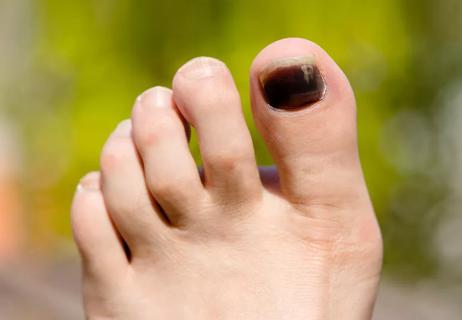
A few precautions can keep your toenails from turning black and falling off
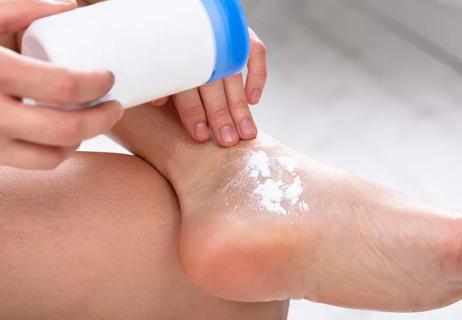
Sweat plus bacteria equals sour-smelling feet

If they don’t fit well in the store, they won’t fit any better at home
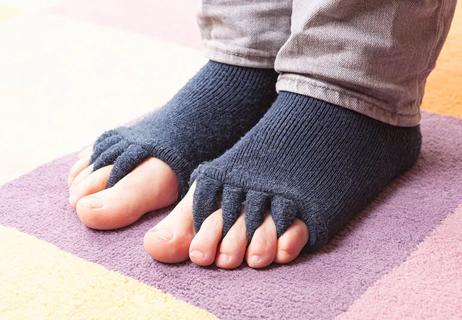
Toe spacers and separators can add some comfort, but they’re not a fix-all
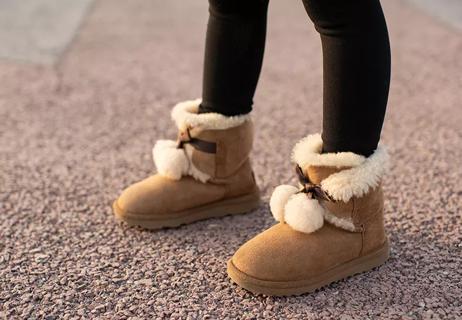
The lack of arch support in the popular footwear can lead to numerous aches and pains

Animal safety and bacterial infections are concerns
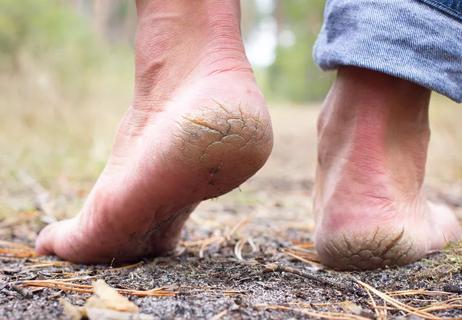
Keep your tootsies soft and smooth all summer long

Your metabolism may torch 1,300 to 2,000 calories daily with no activity

A gentle touch in all the right places may help drain your sinuses